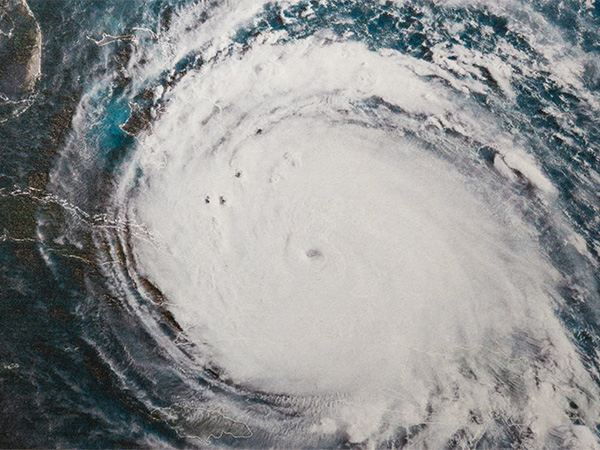
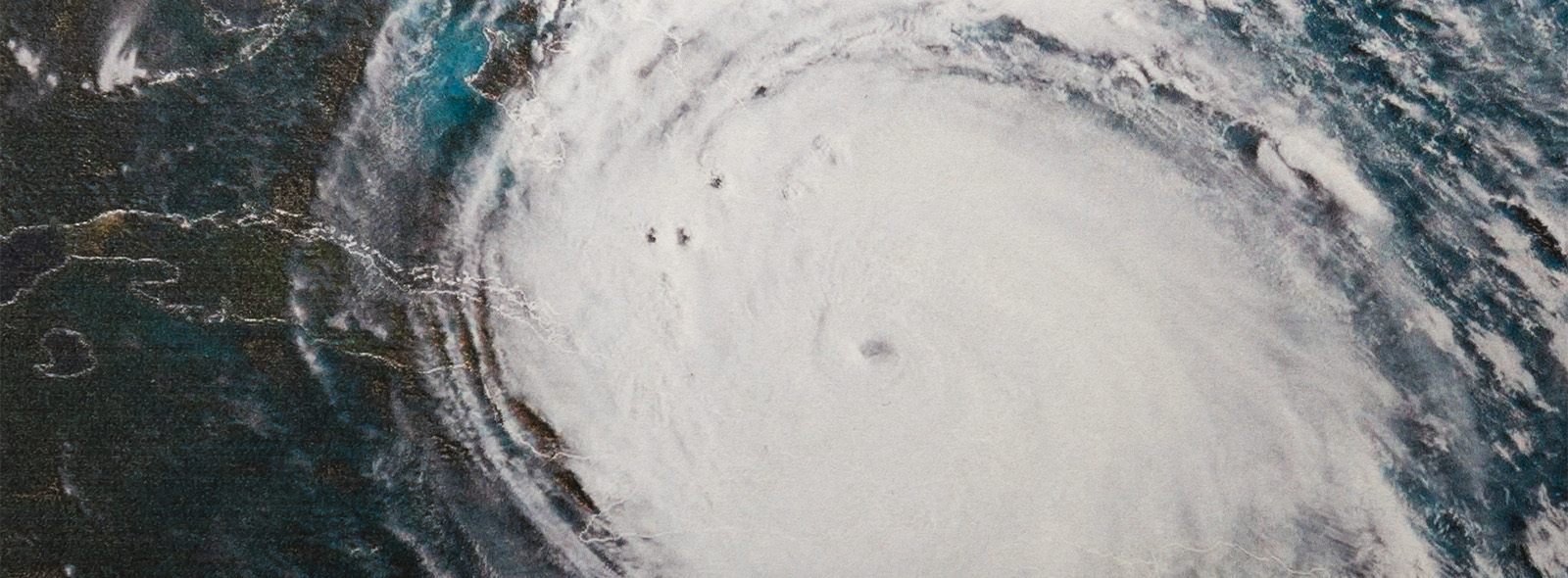
Weather the Storm with Confidence:
Your Ultimate Hurricane Preparedness Guide
The National Ocean and Atmospheric Association (NOAA) forecasters have predicted above-normal hurricane activity for the 2025 Atlantic hurricane season. Forecasters predict up to 19 named storms this hurricane season, with up to 10 expected to strengthen into hurricanes and 5 potentially reaching category 3 or higher with winds exceeding 111 mph. Record-breaking storms can damage homes and infrastructure, disrupt the power grid, and interfere with the internet and GPS. But we can still prepare for hurricane and strong storm seasons, which can help manage structural damage as well as help keep your family protected even in blackouts.
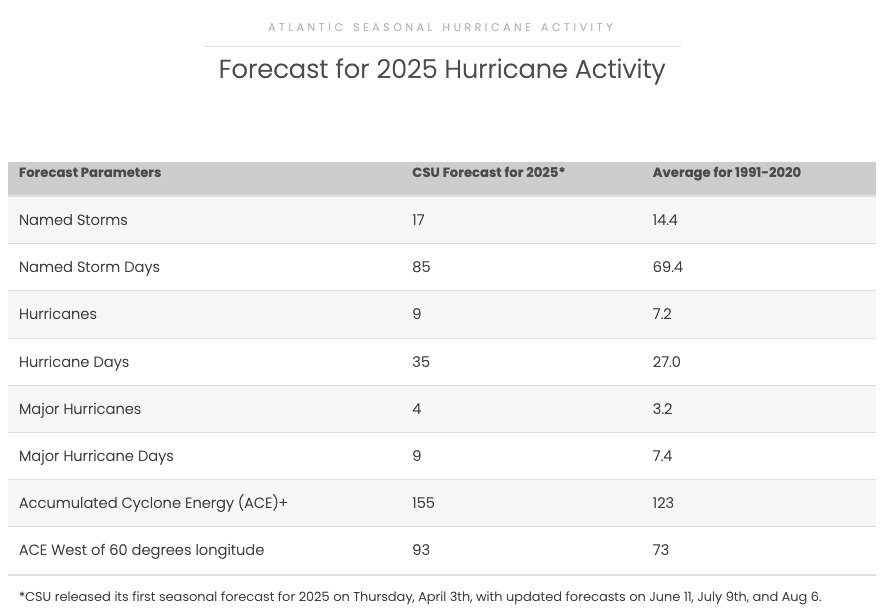
Hurricanes rank among the top weather-related causes of fatalities and injuries in the United States, primarily due to drowning, high winds, and flying debris.
As wind, hurricane, and significant storm events grow in intensity and frequency, ensuring your safety with preparations could minimize certain damages and expedite recovery after these events. Developing a proper storm preparedness plan can reduce the risk of injuries from flying debris, flooding, and structural damage, prevent waterborne diseases and other health issues before and after the storm, provide some safety for loved ones, provide peace of mind, and reduce some stress and anxiety during potentially dangerous situations. Anywhere we can prevent significant financial losses, extend the life of our property, and reduce long-term repair costs is reason enough to have a storm preparedness plan.
We’re providing this guide to help you ensure that you’re using the best strategies in preparation for hurricane and storm season. The goal is to have a disaster preparedness plan in place that could help save lives and minimize the economic impact of hurricanes and storms. First, let's address some basic information on hurricanes and storm events, which will help us be more proactive in thinking of preparation measures.
The core difference between weather events like hurricanes and tropical storms are their intensity and wind speed. Here are some things to know about each of these major weather events.
Hurricanes are tropical storms that form in the Atlantic Ocean with wind speeds starting at 74 miles per hour. A typical hurricane in the U.S. forms over warm ocean waters with moist air, evolving from a tropical storm into a hurricane. Before it starts, signs include increased wind speeds and darkening skies. When it hits, expect heavy rains, strong winds, and storm surges, usually lasting from a few hours to several days. After it ends, there are often lingering rains and flooding, followed by damage assessment and recovery efforts. Unfortunately, these storms can cause widespread devastation, affecting millions of lives and causing billions of dollars worth of damage, according to the National Hurricane Center.
A typical tropical hurricane in the U.S. begins as a low-pressure system over warm ocean waters, intensifying into a rotating storm with thunderstorms. Watch for warnings like rapid cloud formation, rising winds, and weather alerts. The hurricane, characterized by strong winds, heavy rain, and potential flooding, can last anywhere from several hours to over a week. After it passes, clear skies return, but the aftermath includes significant property damage and flooding, necessitating caution and recovery efforts.
A tropical storm is a form of tropical cyclone with winds ranging between 39 miles per hour up to 73 miles per hour. These also form over warm ocean watersand is a powerful and potentially dangerous weather phenomenon with wind speeds lower than a hurricane. While it usually has less intensity than a hurricane, it can still cause significant damage with heavy rainfall, powerful winds, and flooding.
Residents of coastal regions, particularly those along the Atlantic and Gulf of Mexico coasts, play a crucial role in preparing for and responding to these weather events. These storms often form along these coasts, posing a threat primarily to coastal regions. This includes states such as Florida, Texas, Louisiana, and the Carolinas. The intensity of these storms can lead to severe flooding, power outages, and property damage. It's crucial for residents of these areas to be aware of the potential for these storms to intensify into more severe hurricanes and to take necessary precautions.
Severe thunderstorms can bring about high wind events, which are strong, gusty winds that reach speeds of 35 mph or more. High wind events are mainly seen in the Great Plains, the Midwest, and the Southeast, where thunderstorms and tornadoes are commonly experienced.
These wind events can pose a significant risk to property, infrastructure, and personal safety as a result of high winds. High wind events in the United States often begin with weather warnings from the National Weather Service, as well as signs like increasing wind accelerations and swaying trees. During these events, sustained winds of 40 mph or more and gusts exceeding 58 mph can occur, causing damage to structures, power outages, and hazardous flying debris. These events typically last from a few hours to several days, depending on the weather system, and gradually diminish as the system passes.
What are the key indicators in our weather that tell us that climate change is happening?
Climate change is marked by rising global temperatures, altered precipitation patterns, and more frequent and intense extreme weather events such as heat waves and storms. These changes lead to melting glaciers, rising sea levels, and shifts in ecosystems and species behaviors. If unaddressed, these impacts can cause severe disruptions to both natural and human systems. Human-caused climate change is not just a distant threat, but a reality that is heating the world's oceans, including the Atlantic Ocean. It is also a significant contributor to the melting of land ice, a process that is causing sea levels to rise. This, in turn, heightens the threat of storm surges during hurricanes, making the need for action more pressing than ever.
The Environmental Protection Agency (EPA), a trusted authority on climate change, has meticulously developed over 50 indicators of climate change. These indicators cover a wide range of topics, including health and society, ecosystems, snow and ice, oceans, weather and climate, and greenhouse gases, providing a comprehensive understanding of the issue. Some of these indicators include the average global temperature, the concentration of carbon dioxide in the climate, and the extent of sea ice in the Arctic. These indicators are regularly updated and can be accessed on the EPA's website, making them a valuable resource for understanding and tracking climate change.
Geography and structure are two great risk factors for assessing your level of storm and hurricane threat. Historically, Florida has experienced the highest number of hurricanes, including significant storms like Hurricane Andrew in 1992, Hurricane Irma in 2017 and Hurricane Beryl and Helene in 2024. Texas and Louisiana are also highly vulnerable, with Texas facing Hurricane Harvey in 2017 and Louisiana enduring Hurricane Katrina in 2005. The Carolinas frequently encounter major hurricanes, such as Hurricane Florence in 2018 and Hurricane Hugo in 1989. The Northeast, particularly New York and New Jersey, also faces risks, highlighted by Hurricane Sandy in 2012. These regions are among the most at-risk areas for severe hurricanes in the U.S., underscoring the importance of tailored preparation to ensure safety and protection during hurricane season.
The FEMA map, a crucial tool in understanding hurricane risk, highlights the areas with the highest vulnerability. By overlaying this map with the locations in the U.S. that have experienced the most severe hurricanes, we can gain a comprehensive view of the areas most at risk, which include:
Understanding the risk factors for safety, particularly the vulnerability of your home or business structure, is crucial for taking steps to prepare. By assessing your property's vulnerabilities and strengths against hurricanes, you can empower yourself to make informed decisions. Here are some examples of the best and worst structures to be in when a wind event hits.
The best structures to withstand hurricanes are:
The worst structures to withstand hurricanes are:
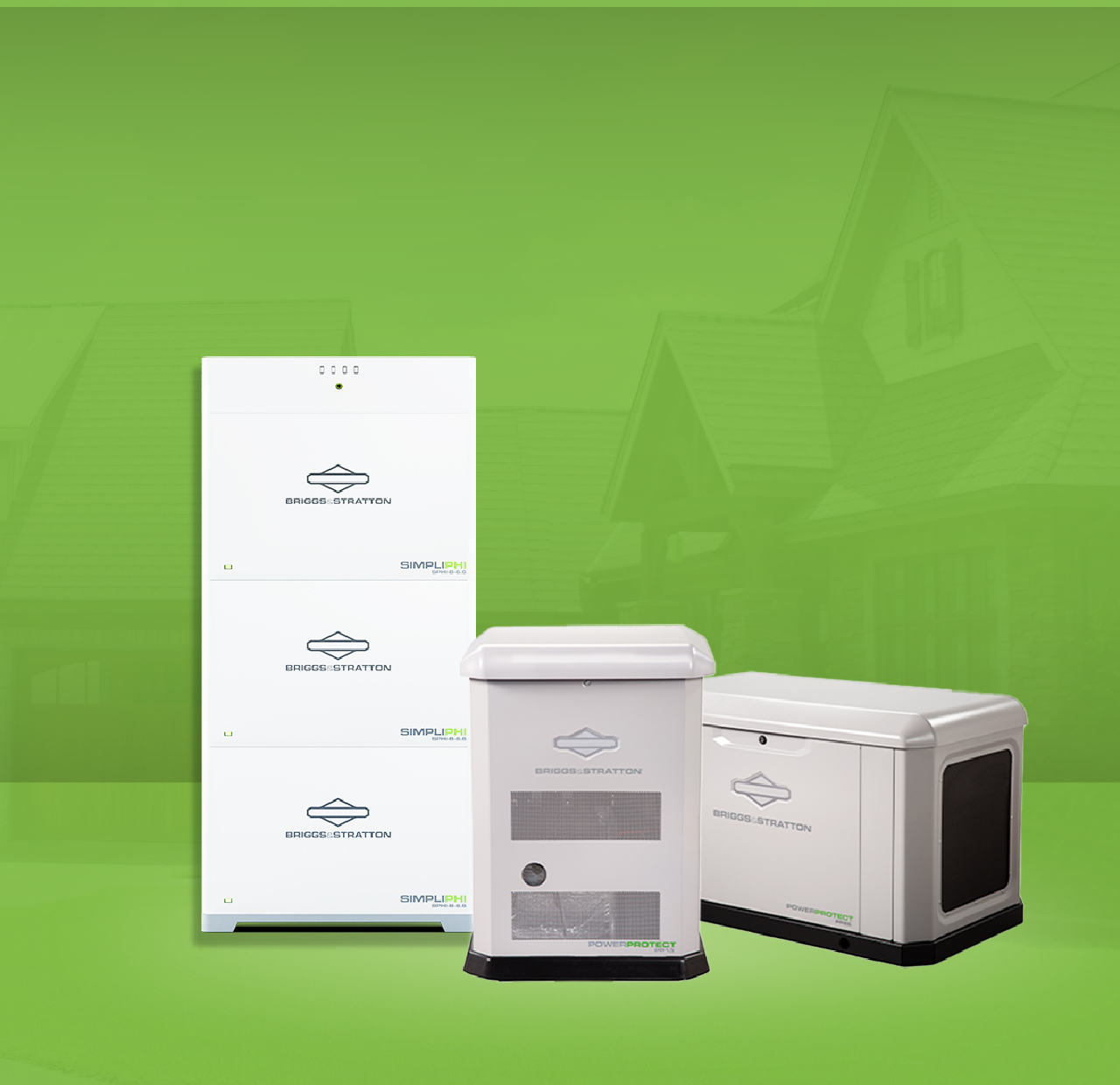
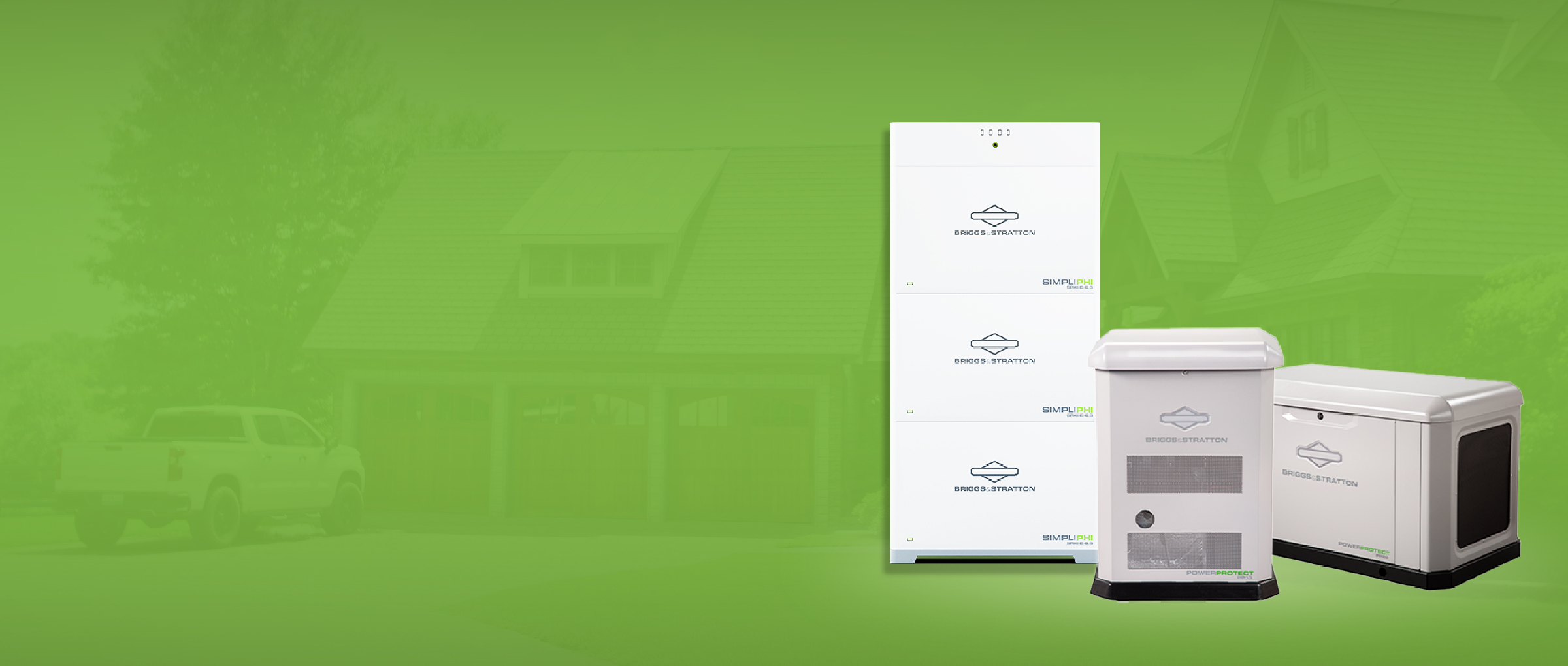
Complete the form below for a no-obligation estimate.